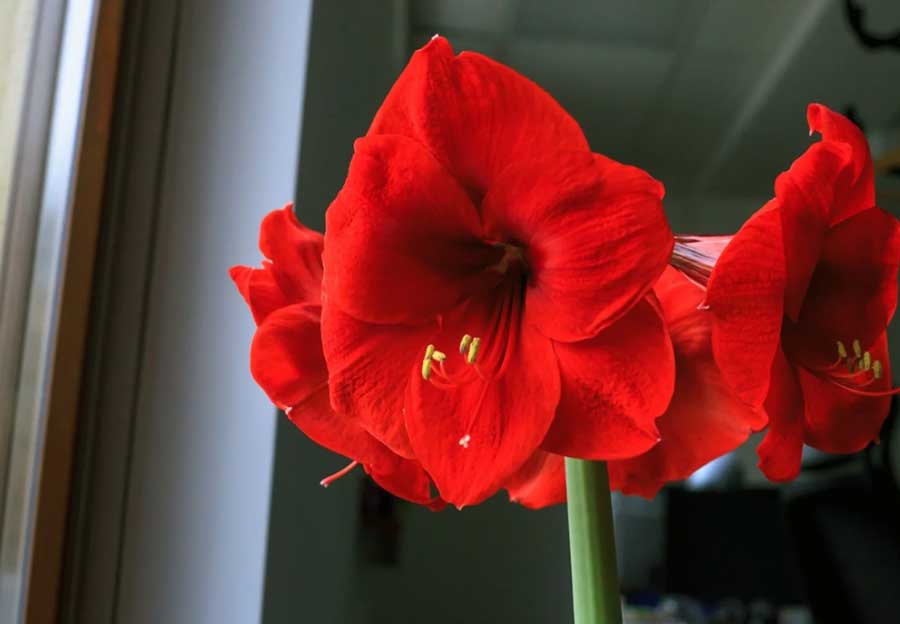Click 👇☝️ Any Image & Wait 10 Seconds For Get Link
How to take care of flowering plants in winter?
Flowering plants can become cold and wilt if they do not get sunlight during winter . Flowering plants are difficult to grow and maintain during this time. Some species can be moved indoors. Plants with spherical tuber-like parts at the root end can be moved indoors during winter. Daffodils, amaryllis, gourds, and tulips all have this type of bulb-like growth.
There is a special way to make flowers bloom if the bulb-like parts are grown indoors in water or soil. If water is used, vessels with narrow necks and wide mouths should be used. Then the bulbs can be placed on top of the pot with only the roots touching the water. A pan or bowl filled with water with pebbles can also be used for this. A bowl filled with water can be placed on top of the pebbles with the bulb pointed upwards. The bottom should be submerged in water.
Flowers can be grown in the soil as well. A thin potting mix should be used. A third of the bulb should be immersed in this pot. The pointed part should come above the soil. Keep the soil moist by watering. The bulbs prepared in this way should be kept in a cool place. It can be kept at a temperature of 10°C to 60°C until the leaves emerge. Once the leaves start to appear, the plant can be moved to a warmer location. Non-direct sunlight is required. Their roots should always be moist.
Amaryllis, which blooms in white and crimson colors, requires very little care to keep the flowers blooming this winter. It is a flowering plant that is different from other plants. Flowering before December, this plant makes a great gift for flower lovers. A larger bulb will produce more flowers. Grow in containers larger than the bulb. Overwatering can damage the bulbs and rot.
Amaryllis plants usually begin to flower in November. Two to four flowers bloom in clusters on each stem. This is a flowering plant that is perfect for creating a spring of color indoors during winter.

Post a Comment